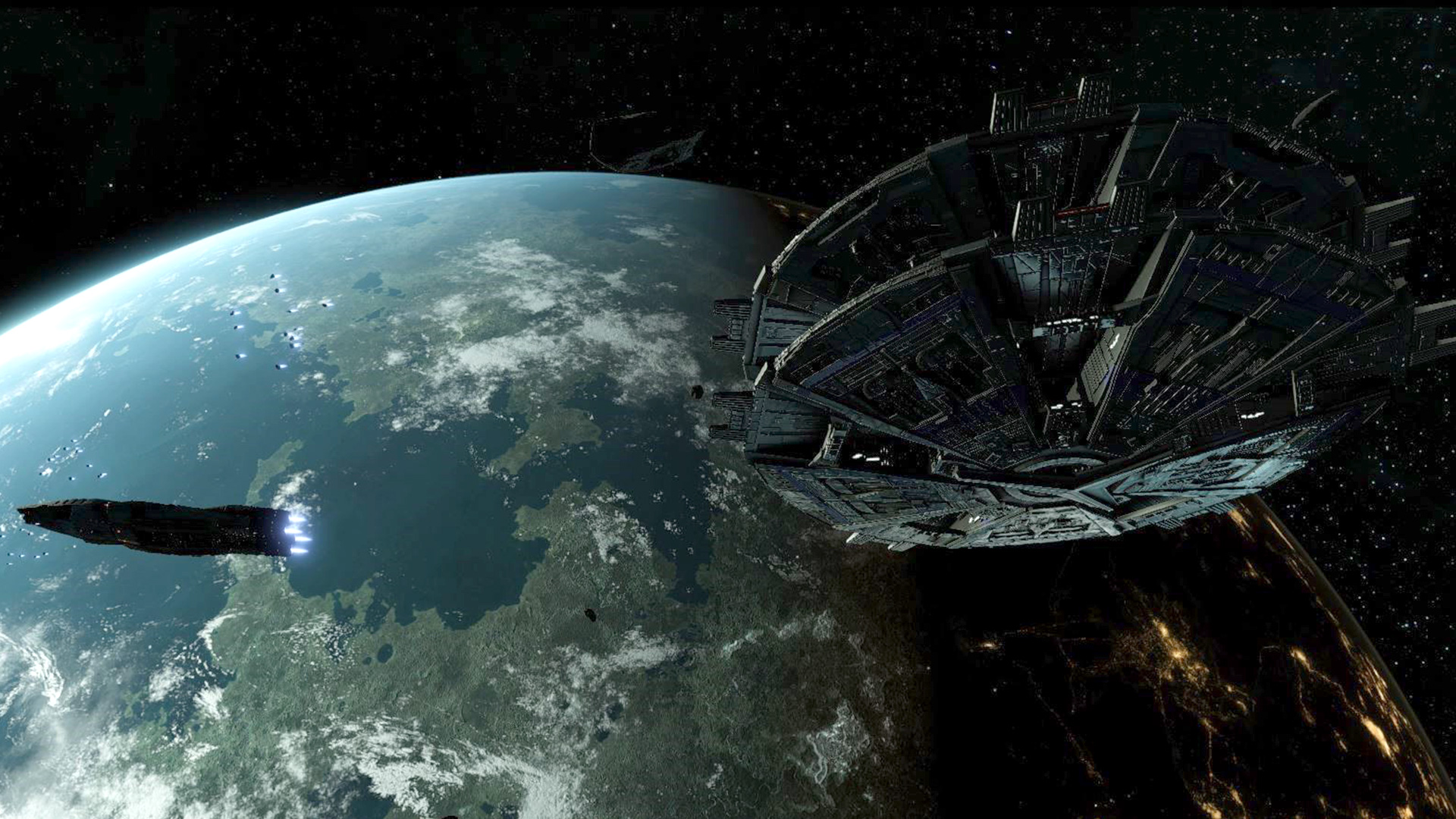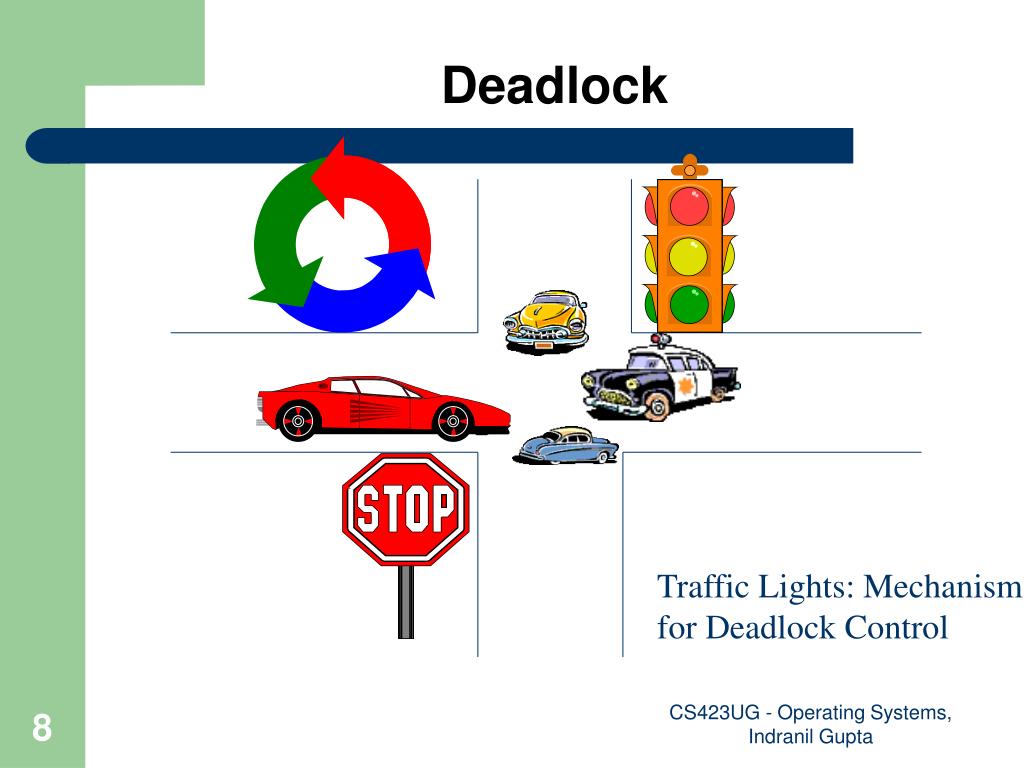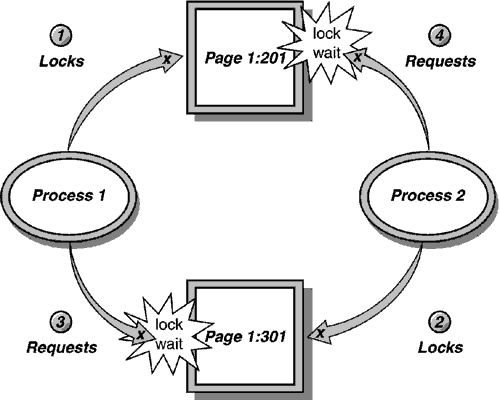

The set of vertices V is partitioned into two different types of nodes:
#Deadlock definition free
We cannot make the train go out of the track and free the track. And both are waiting in a circular manner and we cannot do preemption. So this is a situation where no train can make progress because both trains are holding one side of the track waiting for the other side of the track. Both trains are in front of each other and they are stopped because they both need the other side of the track. For example, consider a railway track where two trains are coming from opposite sides. We can understand deadlock by a real-world example. If a deadlock happens in the system then either the operating system has to do some work or we need to reboot the system. All four conditions are necessary for a deadlock to happen.

In circular wait, processes are waiting in a circle for each other. a resource can be released only voluntarily by the process holding it after that process has completed its task. The operating system assigns a resource to a process and cannot take it back if another process requests it because if it happens then deadlock will never occur. Therefore mutual exclusion is required.Ī process must be handled at least one resource and waiting to require additional resources that are currently being held by the other processes. They are all waiting in a circular manner.įour important conditions for deadlock are:ĭeadlock can happen only when resources are non-shareable If either R1 or R2 can be shared then both P1 and P2 can make progress because they both can get hold of it. Now, P1 asks for R2 which is held by P2, P2 asks for R3 which is currently with P3 and P3 asks for R1 which is with P1. The operating system assigned them resources since nobody else was using them. Process P1 requests for R1, process P2 requests for R2, and Process P3 requests for R3. Let’s take an example with three processes. There can be multiple processes waiting in the cycle for each other. So none of the processes can progress further because both of them are holding one non-shareable resource and waiting for other non-shareable resources. The same happens with P2 since the printer is already assigned to the P1, and the operating system asks P2 to wait for R2. Now P2 resumes its execution and it requests the printer. So the operating system asks P1 to wait for R2 till P2 finishes writing into the R2’s file. But R2 is already assigned to P2 and cannot be assigned to more than one process at a time. P1 resumes its execution and requests R2.

P2 asks the operating system to get write access to the file R2 and since nobody else was using it, the operating system assigns R2 to P2. Next P2 is assigned to the processor and it starts running. It asks the operating system to get the hold of the printer and since nobody else was using the printer, the operating system assigns the printer to it. R2 is a file that is also non-shareable in write mode. Say R1 is a printer, which is non-shareable. Let’s understand the deadlock with an example, let’s say there are two processes P1 and P2, and two resources R1 and R2. The operating system ensures that only one process is assigned to the printer. For example, a printer is a non-shareable resource. The resources might be shareable or non-shareable. It is the responsibility of the operating system to make sure that the resources are allocated in the proper manner. When a process runs it needs resources and it runs in its own address space. This article explains deadlock in detail. Sometimes, a waiting process is never again able to change state because the resources it has requested are held by other waiting processes. A process requests resources and if the resources are not available at that time, the process enters a waiting state. In a multiprogramming environment, several processes may compete for a finite number of resources.


 0 kommentar(er)
0 kommentar(er)
